A Week In Barcelona
Writer Suzanne Katz explores the magical Spanish city of food, art and history.
It was the legacies of Gaudí, Picasso, Miró and Dalí that beckoned to me. Everything I had learned about Barcelona had focused on art and Jewish culture. So it seemed like the perfect opportunity for a Jewish curator to enjoy the week in the luxury apartment that my husband and I had won in the Temple Sinai gala silent auction.
We boarded the plane for Barcelona with two passports, four cameras, six guidebooks, all the time wondering how the Catalan referendum on independence might come up during our week.
Alex Perez-Gallardo (Luxury Apartments Barcelona) welcomed us at our apartment on Calle Valencia, off one of Barcelona’s main streets, Passeig de Gracia. The second-floor residence had been subdivided into three updated apartments, which could be accessed by flights of stairs or a beautiful iron lift with carved doors. Across the street, local people were waiting in line to enter a book store and purchase a signed book by a local author.
We had arrived in time for the festival of Sant Jordi, the patron saint of Catalonia. April 23 honors the anniversary of the deaths of Shakespeare and Cervantes and is a holiday that resembles Valentine’s Day. Men give gifts of roses to the women and women give books to the men. Hundreds of bookshops and flower markets are presented on the city’s best-known promenade, in the main shopping district.
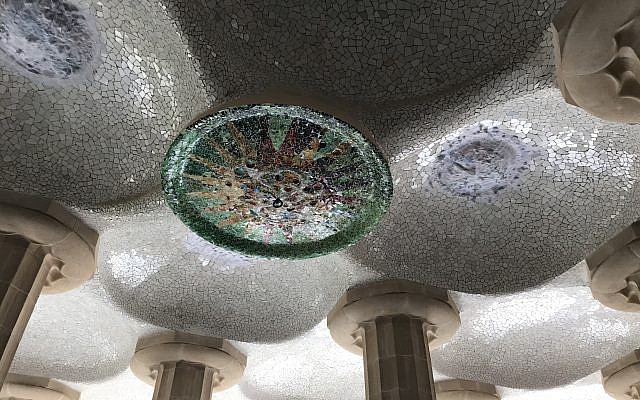
Barcelona was bordered by walls until they were demolished in the mid-19th century, a time of economic growth. The city was enlarged and today the L’Eixample (The Enlargement) is the vibrant center of commerce and tourism.
La Rambla was originally a stream running along the western side of the walls. Today the promenade runs through the city to the harbor that is home to an important port on the Mediterranean where a statue of Christopher Columbus stands tall. A famous Catalonian legend tells of Columbus, who was originally thought to be Jewish, and how he set sail in August 1492, during the early days of the expulsion of Spanish Jews.
On my birthday last year, Aug. 17, a van was driven into the crowds on La Rambla, injuring more than 100 pedestrians and killing 13. The crowds, the pigeons and the shops were vibrant this spring, even as we remembered the terrorist incident.
Antoni Gaudí
Antoni Gaudí was an early 1900s architect, best known for Catalan Modernism, or Modernisme, an organic style with its inspiration from nature. Gaudí is credited with introducing trencadis, a method of using irregular or broken ceramic tile pieces, which became a signature feature of his works.
Crowds stare in awe as they walk by or wait in long lines to get a peek inside Casa Batlló, a conventional house on Passeig de Gracia designed by Gaudí. It was remodeled and refurbished, including his furniture. The facade is adorned with a pale stone, ceramic tiles and sculpted balconies which, during our visit, were covered with roses to celebrate the Sant Jordi festival. In this structure, the walls, ceilings and windows seem to be inspired by waves that could welcome any creature of the sea.
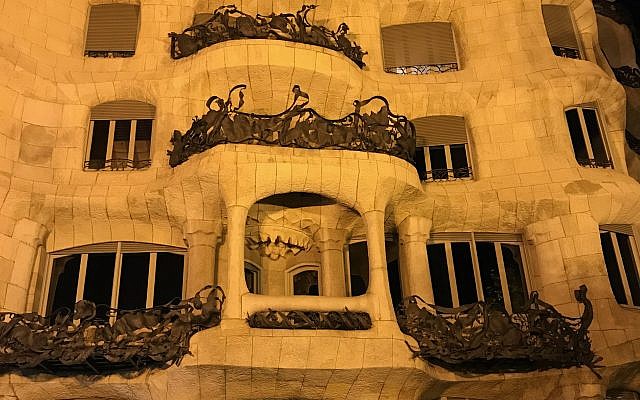
La Pedrera, or the quarry, is an apartment building made of undulating stone with balconies of forged iron. The main floor welcomes visitors to gaze at the circular lobby and apartments on the ascending floors. The nighttime rooftop light show is a technical happening played out on the sculptured chimneys.
Gaudí began construction of Park Gell in 1900. His friend, Count Eusebi Güell, asked Gaudí to plan and create an estate, made up of 60 plots just outside of the city, for homes for affluent families. The project failed, but was reopened as a public park in 1926. What was built included an entrance with a parabolic arch, two gingerbread gatehouses, staircases, columns, ramps and sculptures, a flight of steps with a variety of shapes, a fountain, gargoyles and the iconic lizard, and always, a dialogue between art and nature.
La Sagrada Família is an amazing church with stained glass and carvings, pointed spires and organic shapes. Begun in 1882, this enormous project will hopefully be completed in 2026. This interior was overwhelming, not only as a result of its size, but also because of the light that entered from many angles. Gaudí used fractal hyperboloids to allow for holes to let in natural light and eliminate the need for buttresses.
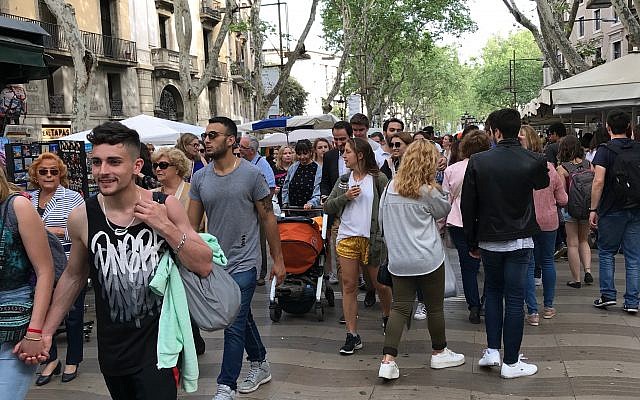
Pablo Picasso
Pablo Picasso’s works are housed in five renovated adjoining palaces. Museu Picasso includes both studies and completed works from Picasso’s early years, his blue and rose periods, ceramics, and a large collection of “Las Meninas.” In 1962, Picasso’s manager, Jaume Sabartés, donated his collection of 3,500 works by Picasso. In 1982, Picasso’s wife, Jacqueline, donated her collection of 41 pieces of his ceramics. Picasso was a constant student, learning from the artists of the time and exploring new artistic visions, including cubism. In the early 20th century, cubism was developed by Picasso and Georges Braque, revolutionizing modern art. Cubism incorporated simple geometric shapes and later, collage.
Joan Miró
A 20th-century artist inspired by the psychoanalytic theories of Sigmund Freud, Joan Miró approached Surrealism with dreamlike images and symbols, incorporating collage and organic shapes. Fundació Joan Miró, in Barcelona, opened in 1975. Miró died in 1983. We reached the Park de Joan Miró, at the base of Montjuïc, and continued walking up the hill to visit Fundació Joan Miró on a day when the museum staff were outdoors and on strike and the galleries were closed to visitors.
Salvador Dalí
It is believed that Salvador Dalí is buried in a crypt below the floor in Figueres. The Dal Theatre-Museum, or theater and museum, are dedicated to the artist who combined Surrealism and a theatrical personality in his art. The collection includes such well known works as “The Persistence of Memory” (1931), “The Hallucinogenic Toreador” (1968-1970), and “Gala Nude Looking at the Sea Which at 18 Metres Appears the President Lincoln” (1975).
Jewish Life and Culture in Barcelona
About 250,000 Jews were expelled from Spain in 1492. On Carrer de Sant Domènec del Call, we searched for the remnants of the Jewish community in The Call, the ancient Jewish Quarter, located off La Rambla. Sinagoga Major de Barcelona has been restored and is now owned and managed by the Call Association of Barcelona.
Montjuïc, Catalan for “mountain of the Jews,” was the site of the Jewish graveyard where tombstones had been found, and is now the site of the 1992 Olympic stadium and the Musea Nacional d’Art de Catalunya.
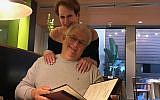
The Museum of Jewish History is located in the old city of Girona, about an hour outside of Barcelona. Girona was a renowned center of Jewish learning in the 13th century, and home to kabbalah and Jewish mysticism. It’s where Rabbi Moses Ben Nahman Girondi, Ramban, or Nahmanides defended the Jews of Spain in the 13th century Disputation of Barcelona.
In my years of Jewish education, I had learned about the Marranos, who had professed conversion to avoid persecution or death, and I had learned that Jews were outlawed in Spain and became converts or became exiles. But here, where it all took place, there was history, but few relics of the times that changed Jewish world history forever. There is so much more for a Jewish curator to ask. I want to know more about that spiritual mysticism we call kabbalah. I may have to return some day to learn more.



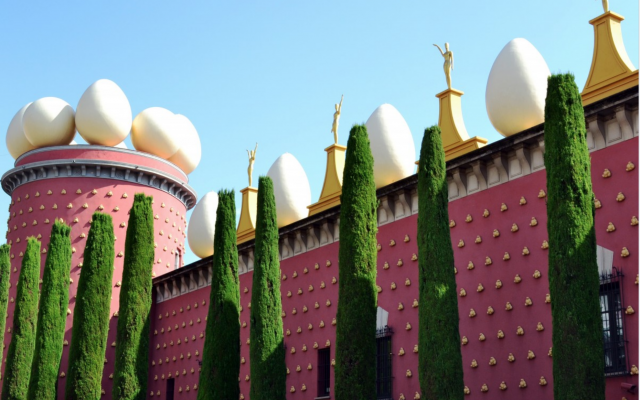
comments